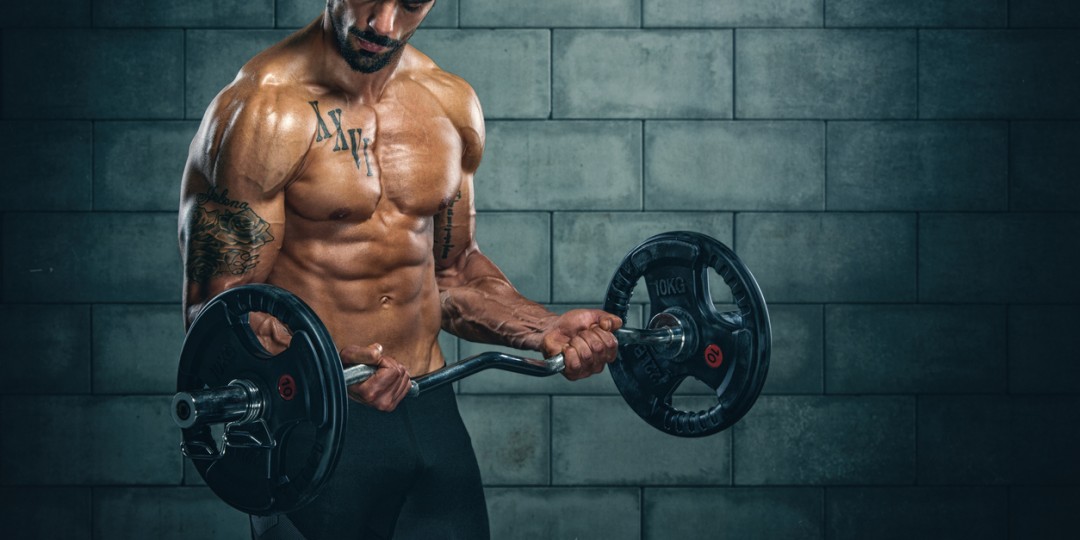This is a method that helps maintain the isometric tension of the working muscles, when they are in the state of complete contraction, also known as ‘Peak flexion’.
From a physiological perspective, this method is a combination of dynamic and isometric muscle activity. If we look at it through the prism of bodybuilding priorities, this method places our working musculature in an unknown stress situation.
During the typical isometric workout- Sets of 3-10 seconds of isometric contraction (posing), we don’t have a match with certain exercises. However, with the method of peak flexion, the workload, blood filling and the isometric contractions are rhythmically combined.
That type of synchronization, is definitely a hypertrophy stimulus for our organism. A big plus of this method is also the fact that we reach the certain competitive requirements that tell us to have smooth transitions in between the isometrically-tense poses.
A mandatory requirement for the effective use of the peak flexion method, is picking the correct work position, during which the muscle flexion is combined with maximum tension.
So, for example, if a trainee does barbell squats and locks out the knee, the quadriceps muscles are completely contracted but the tension upon them is as little as possible. However, if the same muscle group is taken to it’s peak flexion with the exercise “Leg extensions”, the idea of this method will be completely realized.
We can say as a conclusion, that the method of peak flexion practically realizes the perfect combination between the best sides of the dynamic and static efforts. From one side, the dynamic contractions deplete the muscle energy, and from another, the isometric pauses perfect the nerve-muscle regulation.
A situation, that is very close to the actual competitive activity during a bodybuilding competition. At the same time, the static contractions are definitely a tool that helps us focus and achieve the so desired ‘mind-muscle connection’.
Last but not least, from a morphological point of view, this method not only successfully influences the overall morphological state, but also attacks the musculature in-depth.
How to apply this method
There are a couple of options when it comes to applying the peak flexion method:
-Holding the flexion at the end of each repetition
-Holding the flexion at the end of the last 2-3 repetitions
-Holding the flexion without planning it beforehand (instinctive)
| Examples | |
|---|---|
| Body Part | Exercises |
| Chest | Flat bench cable flys |
| Back | Pull ups, hold at the top |
| Shoulders | Laying front raises with a hold at the top |
| Biceps | Incline dumbbell curls |
| Triceps | Dumbbell triceps kickbacks |
| Lower back/glutes | Glute & hamstring extensions |
| Quadriceps | Leg extensions |
| Hamstrings | Laying dumbbell hamstring curls |
| Calves | Any calf raises |
Summary
The isometric element in the end of the peak flexion is the thing that gives us the link to the principle of progressive overload. We also rely on that certain element when it comes to De-adaptation and priority. The link between peak flexion and the isolation principle is pretty obvious, simply because all the appropriate exercises for this method are local.
Even though this method has a reserved spot in the list of bodybuilding tools, the interconnections between it, and the iso-tension method, are more than obvious.

